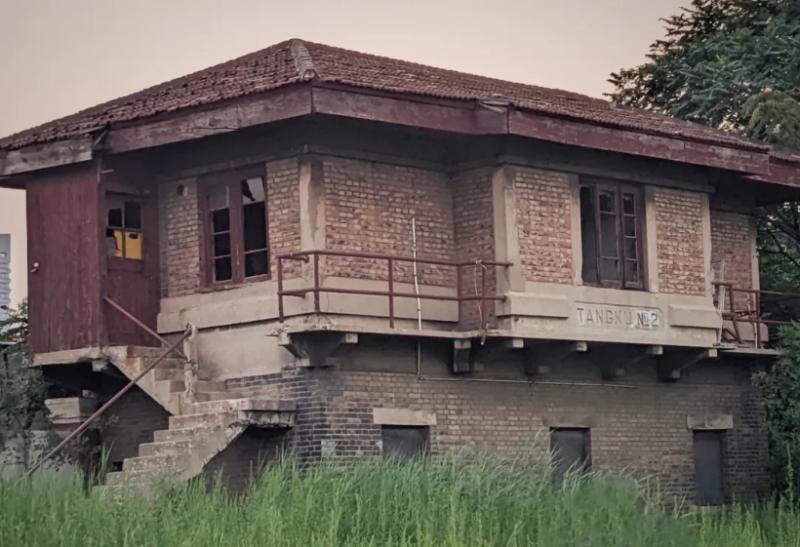Preservation and Restoration of Tanggu Railway Station Site
Tanggu Railway Station is one of the oldest and most well-preserved stations in China.

Reference: Exploring the Cultural Charm of Tanggu Railway Station Site: A Retrospect of a Century of History
The Tanggu Railway Station site was designated as a national key cultural relic protection unit by the State Council in 2013. It was built in the 14th year of the Guangxu reign of the Qing Dynasty (1888) and served as a station on the Tangjin Railway, an extension line of the Tongxu Railway, which was one of the earliest independently constructed standard-gauge railways in China. It stands as one of the oldest and most well-preserved stations in China, also serving as a regional transportation hub in the Tianjin-Tanggu area. As an important legacy of the Self-Strengthening Movement, it witnessed the origin and development of Chinese railways, the establishment of modern defense systems around Beijing, and the formation of modern industrial systems centered around Tianjin in North China.

Over time, the main body of the station suffered from various degrees of weathering, with most of the walls showing signs of spalling and cracking. The roof tiles were damaged, and there were severe damages to some doors, windows, floors, interior plaster, and ceilings. The drainage facilities were outdated, and the outdoor environment was disorderly, posing certain safety hazards.
Tianjin University Architectural Design and Research Institute Co., Ltd., commissioned by the cultural relic management unit, prepared a project plan aimed at comprehensive restoration of the main buildings of the old station and the two-story building bearing the "TANGKU" station name sign. This restoration project involves structural reinforcement, comprehensive repairs, and upgrading of infrastructure to recreate the historical appearance of the century-old station.
The implementation of this project will be closely integrated with urban renewal projects. It will comprehensively consider the subsequent utilization of cultural relic buildings, further clarify their functions and modes of external opening, and deeply interpret the historical, artistic, and scientific values of Tanggu Railway Station. It will fully exploit its historical and cultural significance as a transportation heritage, highlighting the characteristics of modern transportation and industrial culture in Tianjin.
Q&A:
1. Why was Tanggu Railway Station designated as a national key cultural relic protection unit?
Answer: Tanggu Railway Station was designated as a national key cultural relic protection unit due to its historical significance as one of the earliest independently constructed railway stations in China, dating back to the Qing Dynasty. It witnessed the development of Chinese railways and the establishment of modern defense and industrial systems.
2. What are some of the restoration efforts being undertaken at Tanggu Railway Station?
Answer: Restoration efforts at Tanggu Railway Station include structural reinforcement, comprehensive repairs, and upgrading of infrastructure to restore the historical appearance of the station. This involves repairing weathered walls, damaged roof tiles, doors, windows, floors, and upgrading drainage facilities. Additionally, efforts are being made to integrate the restoration with urban renewal projects to clarify its functions and modes of external opening.